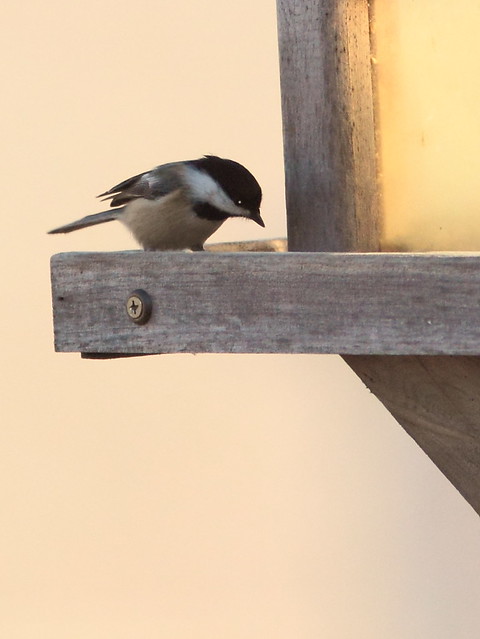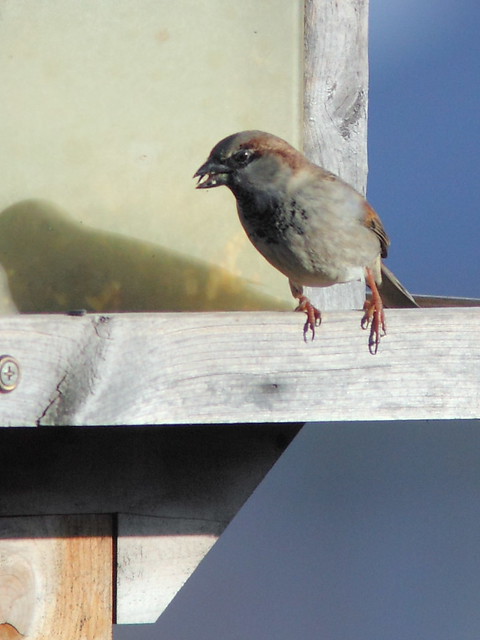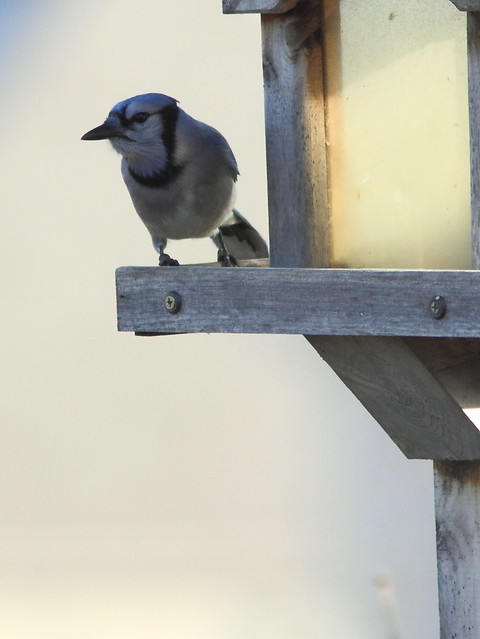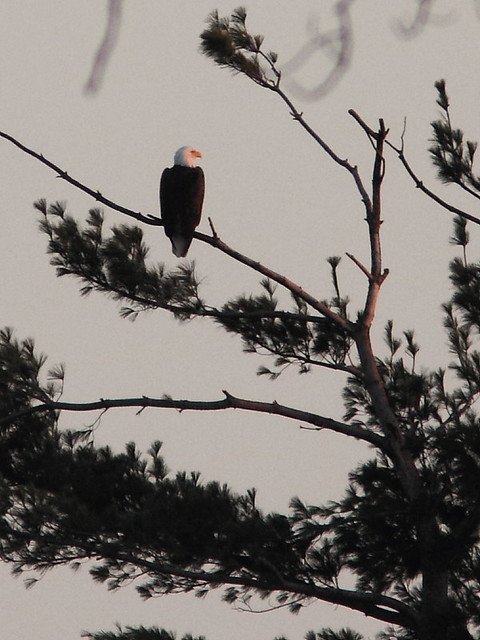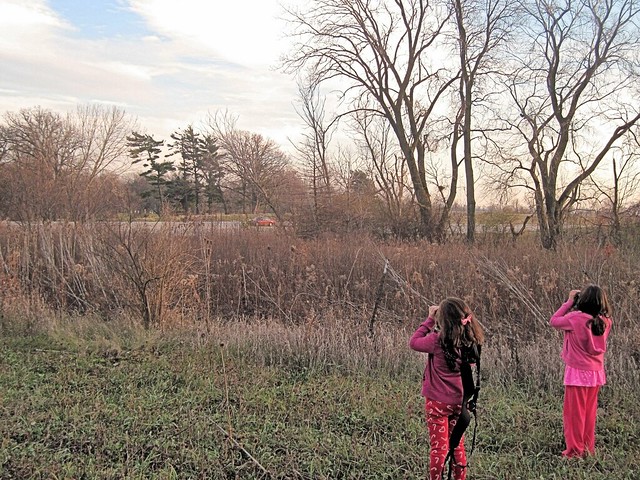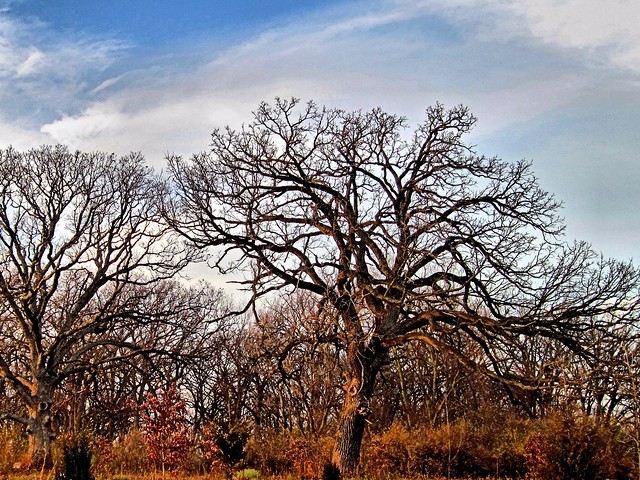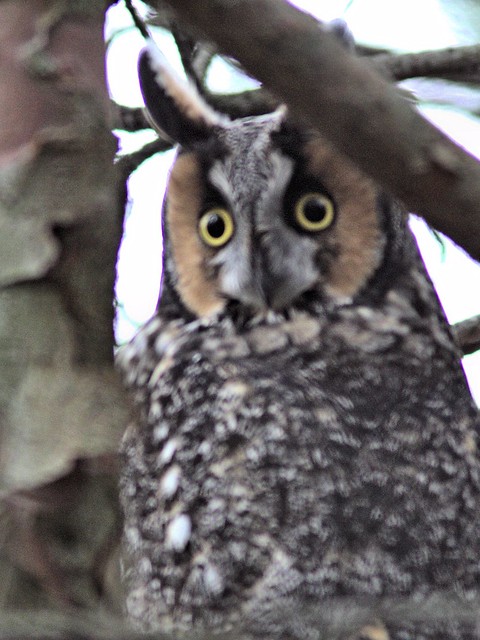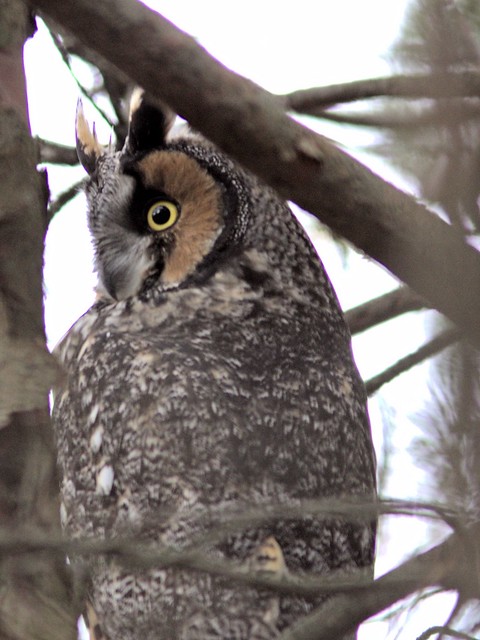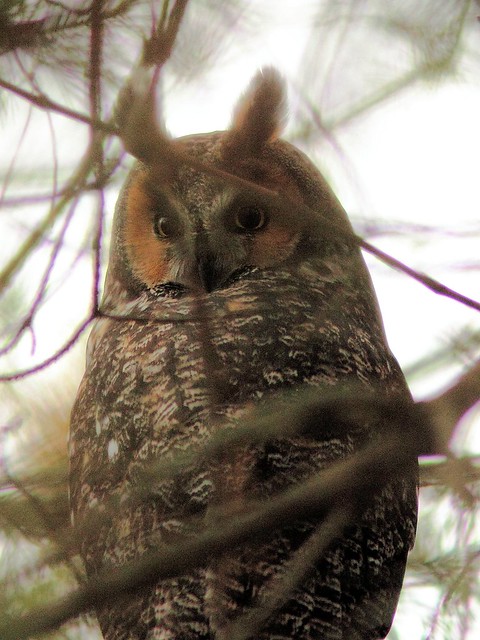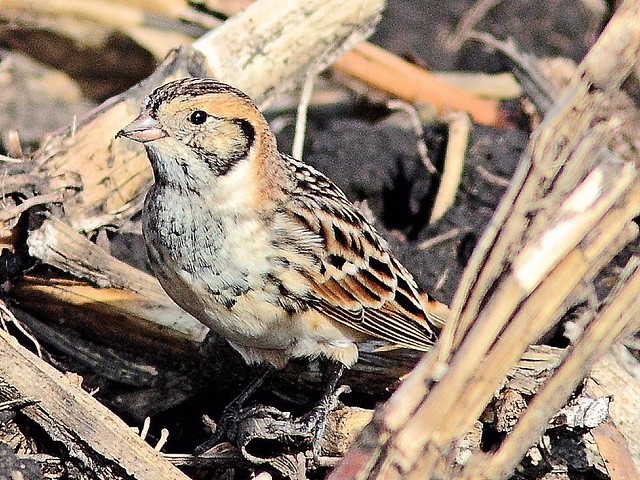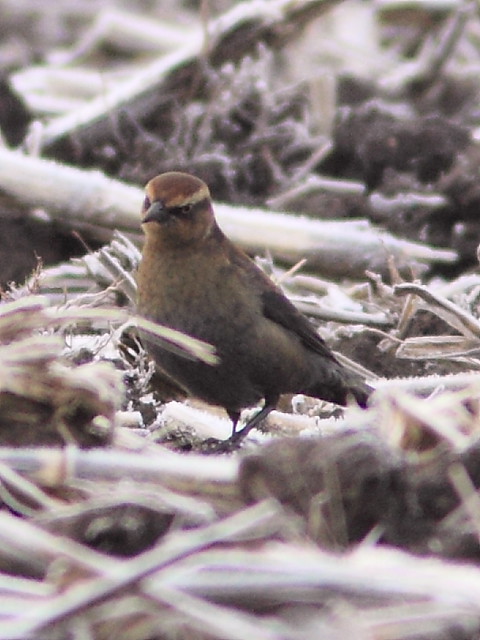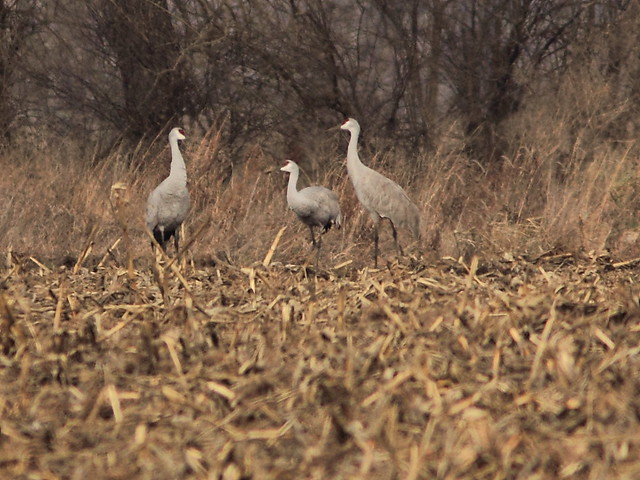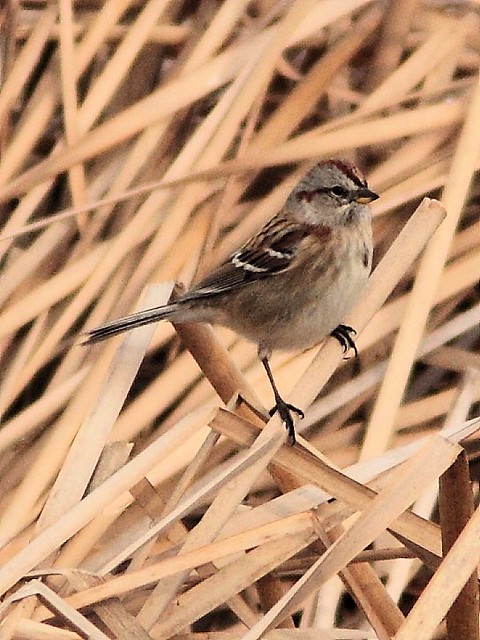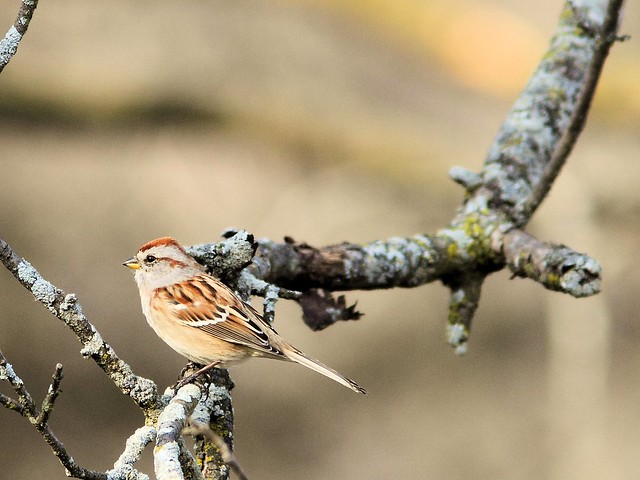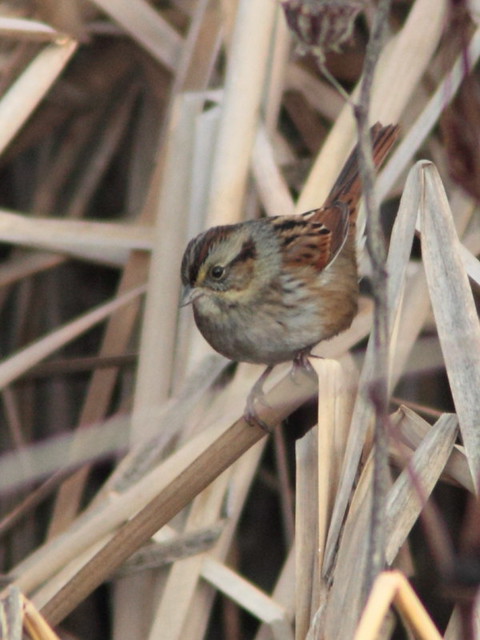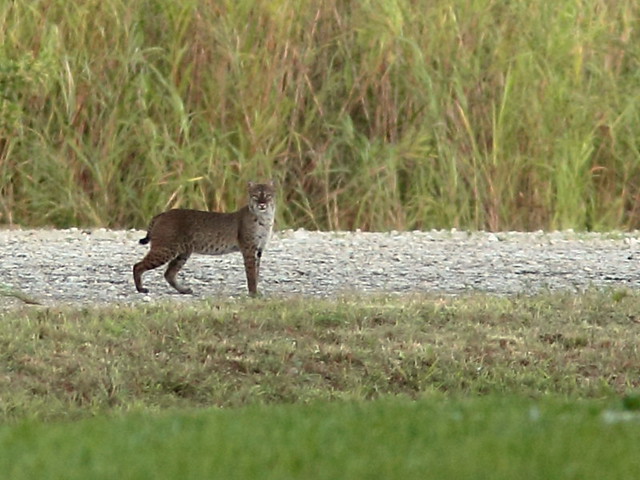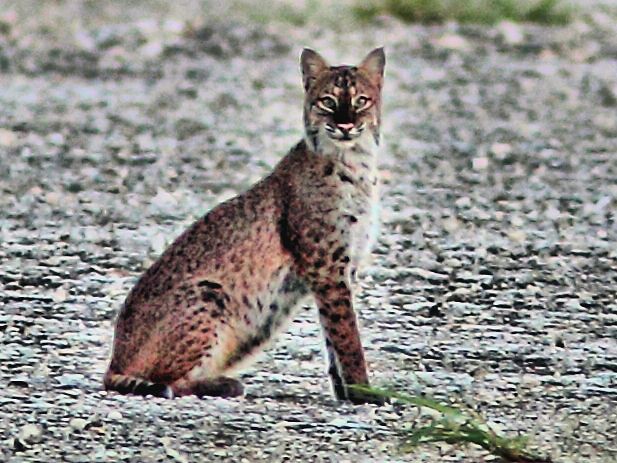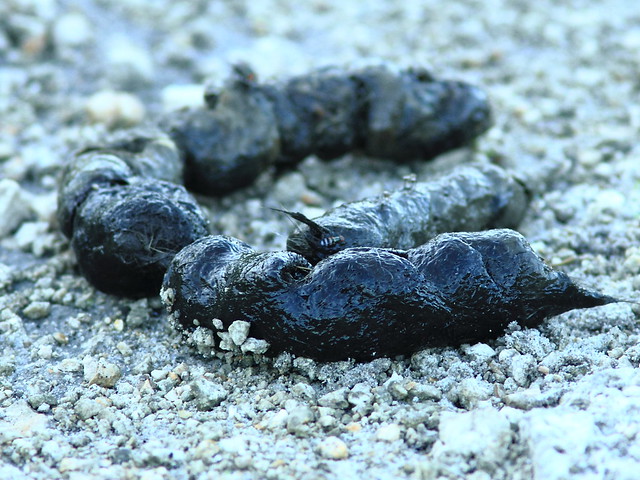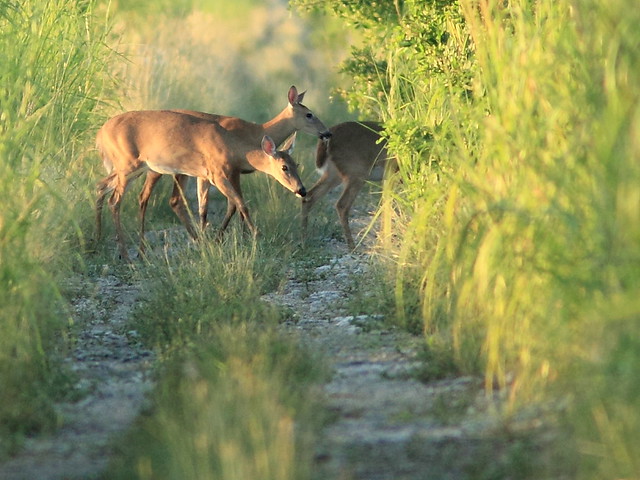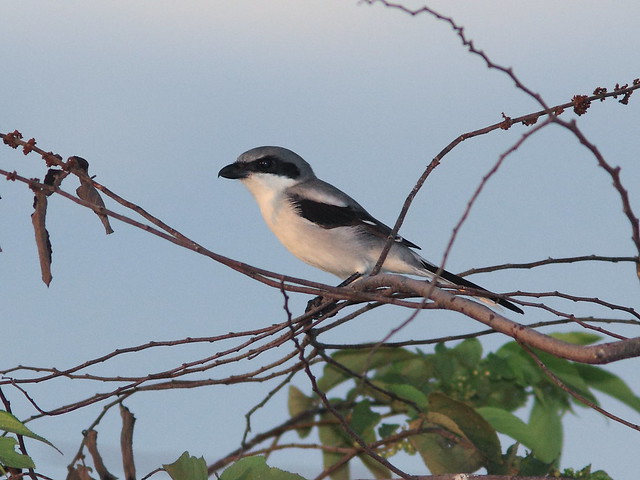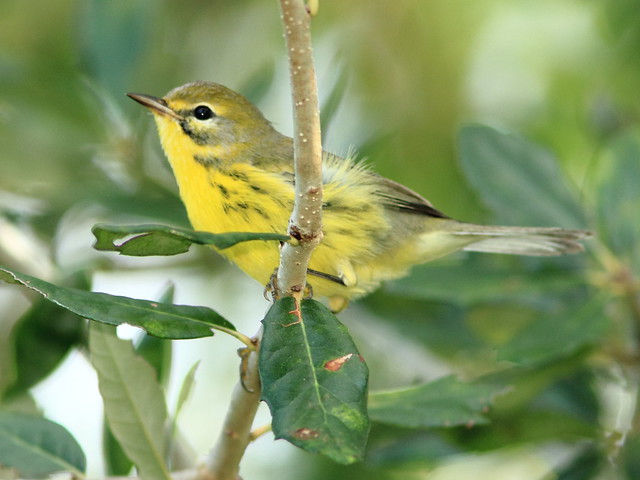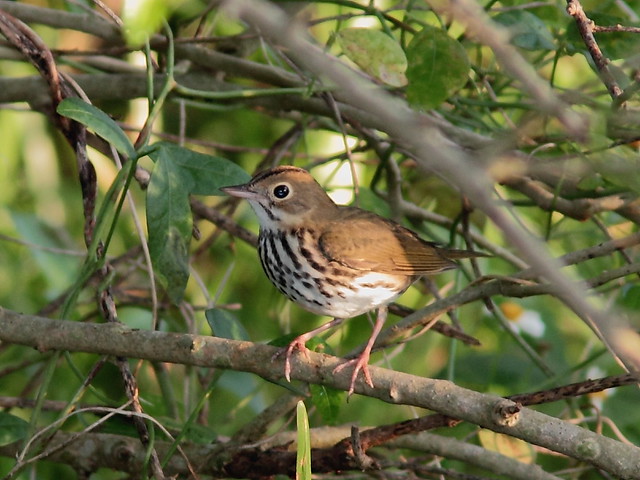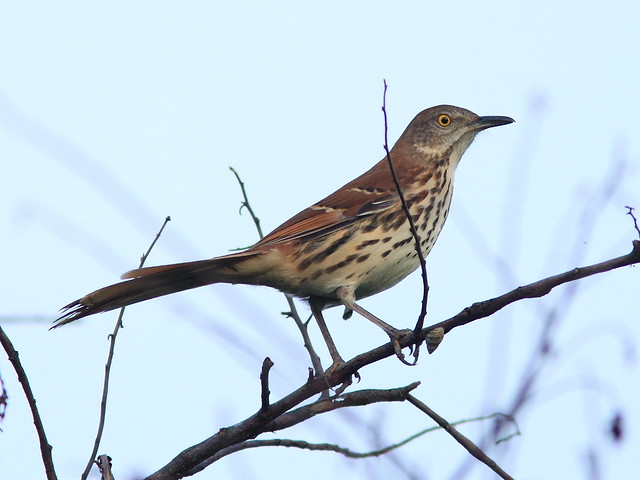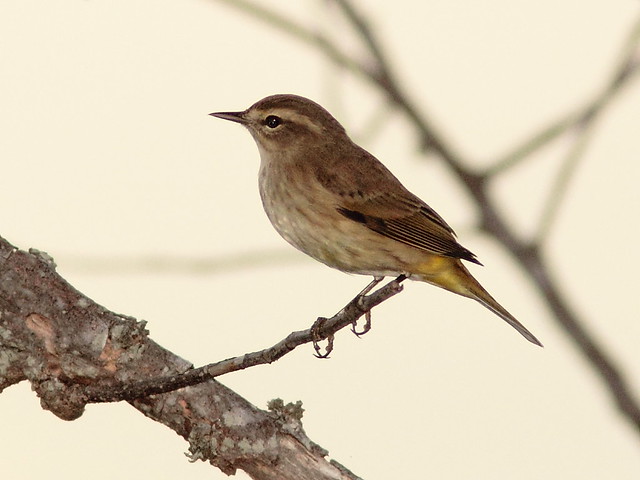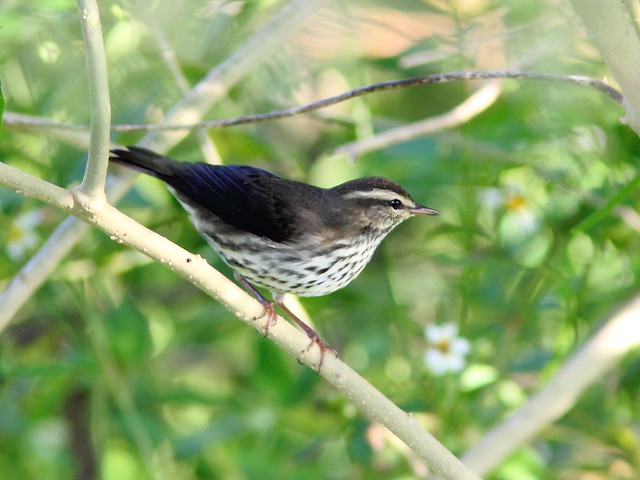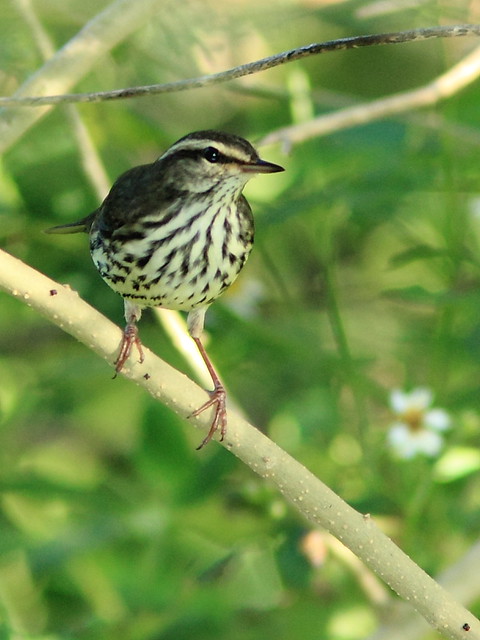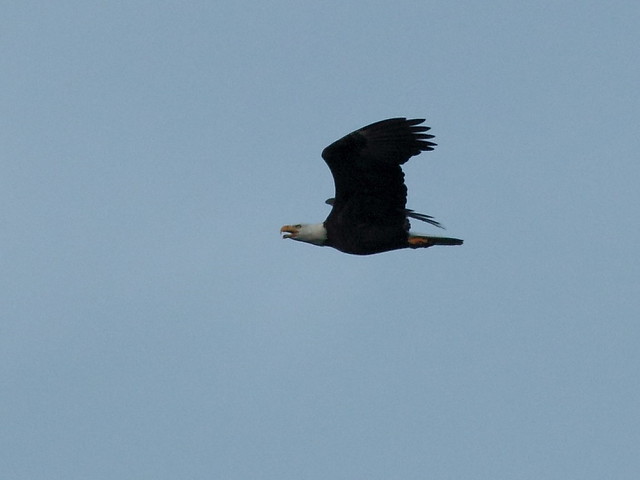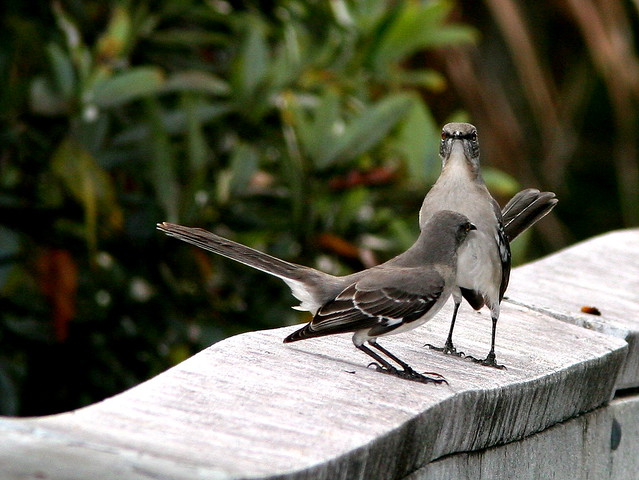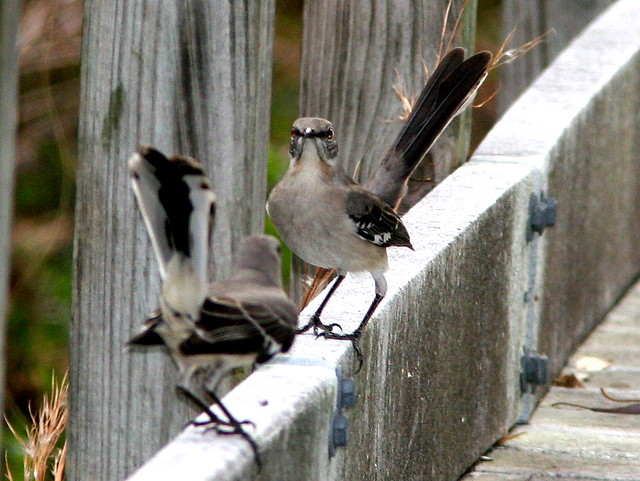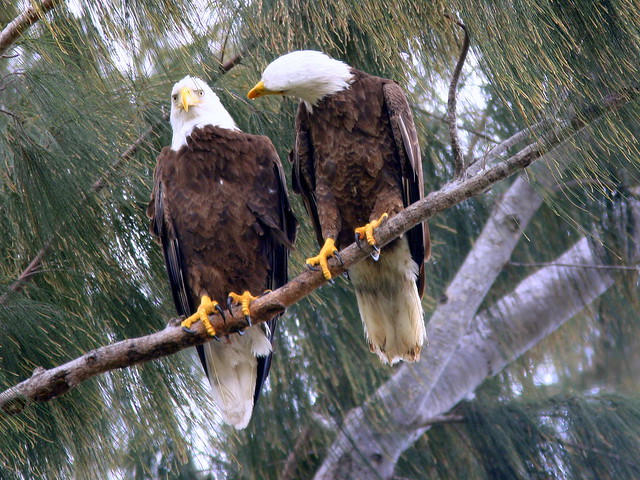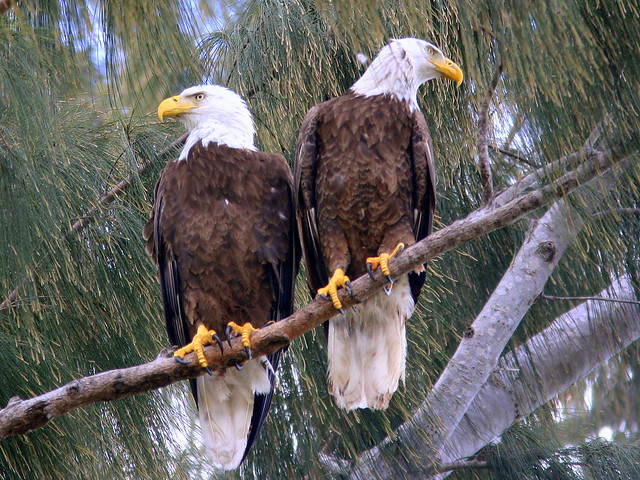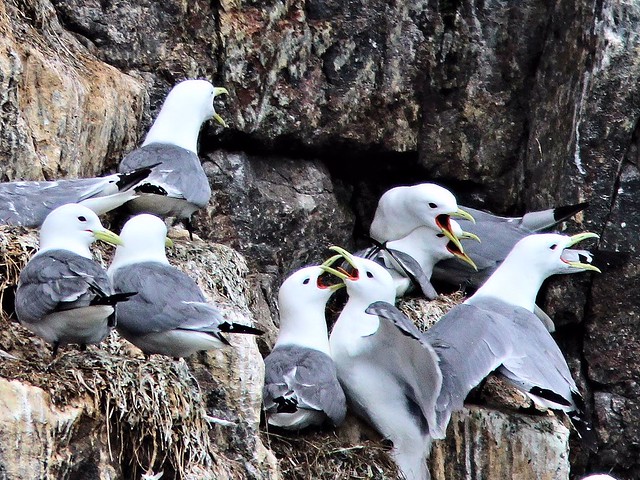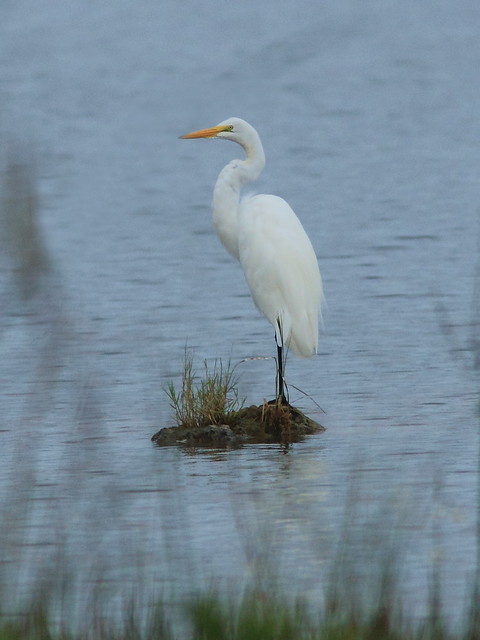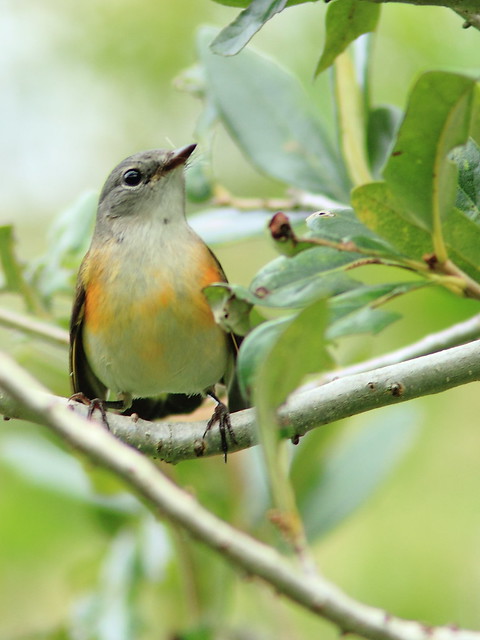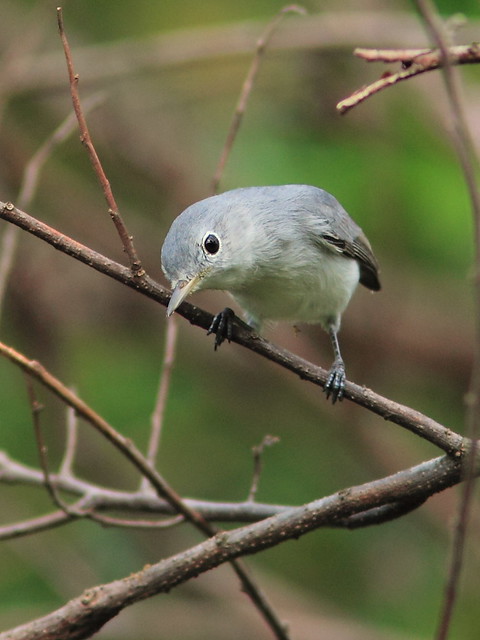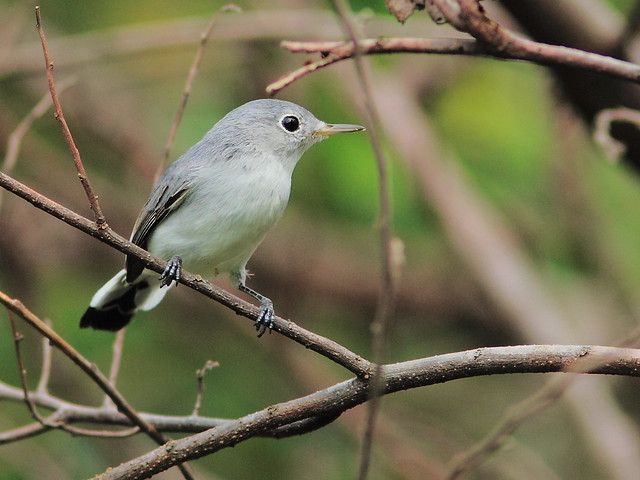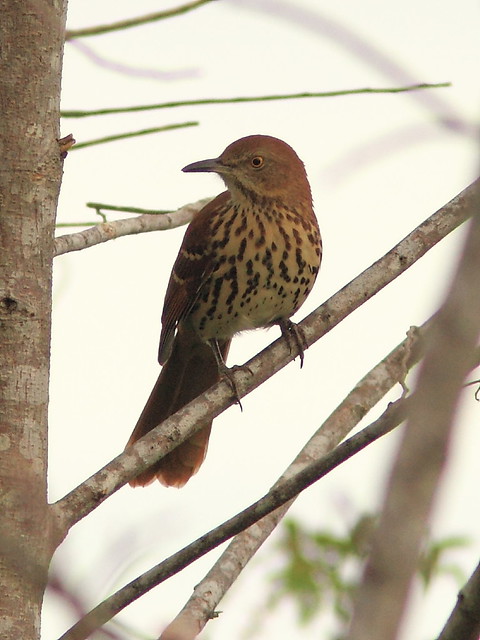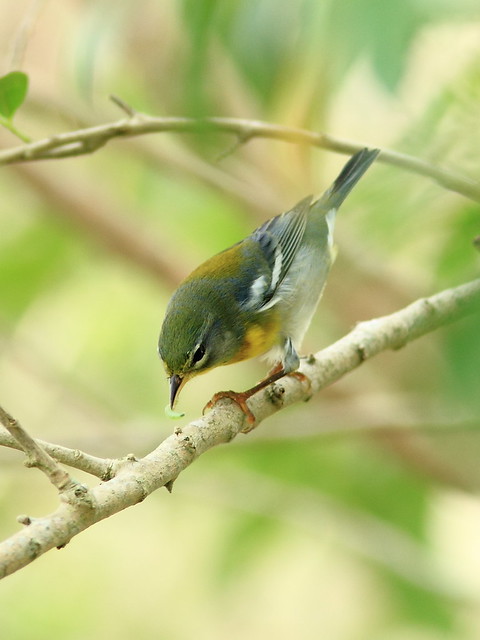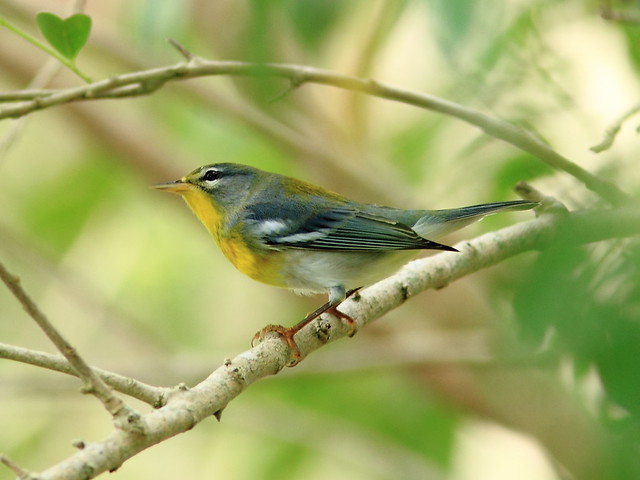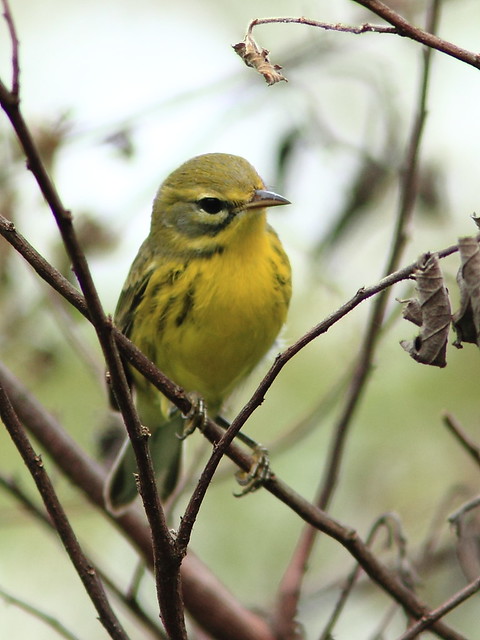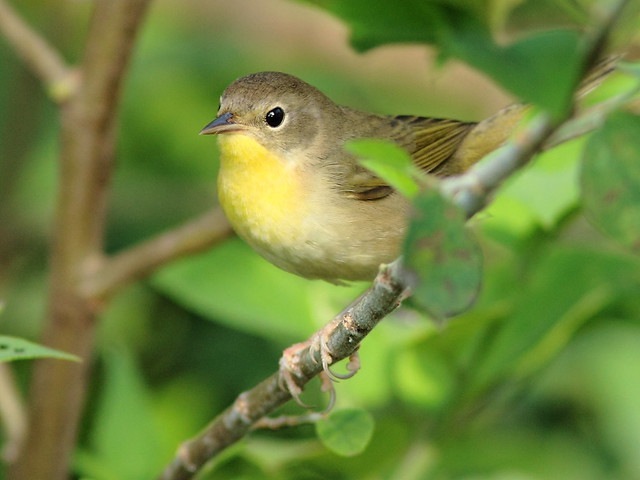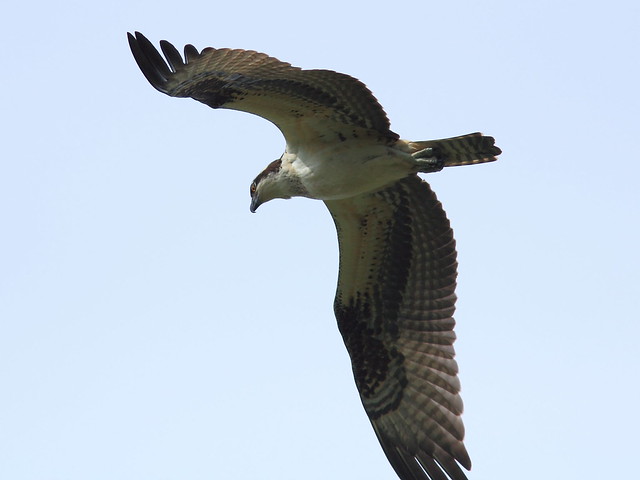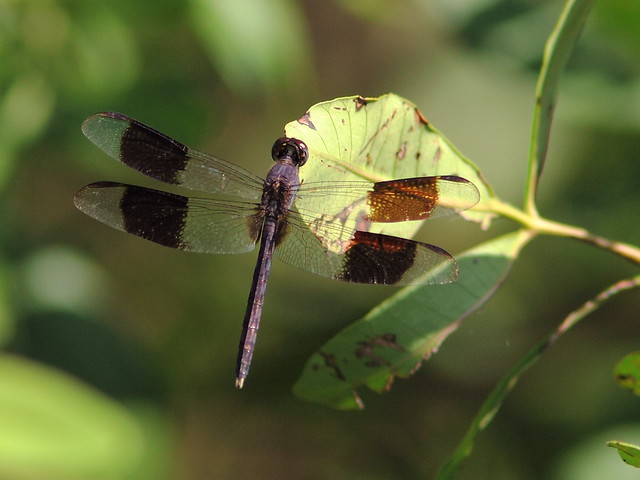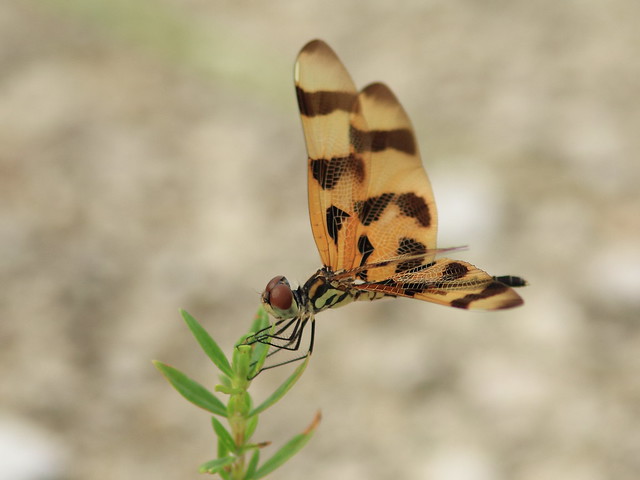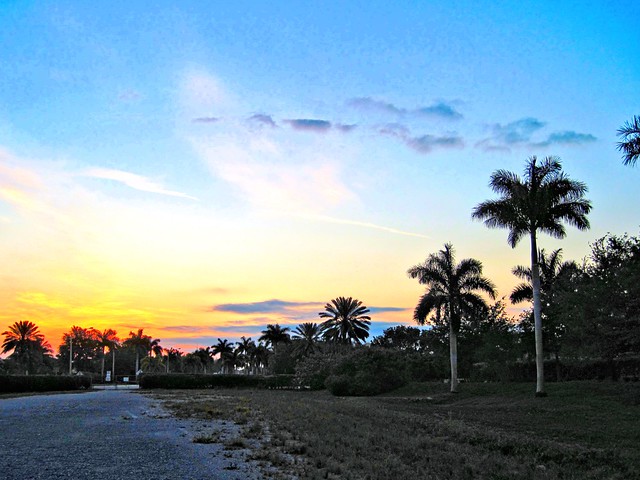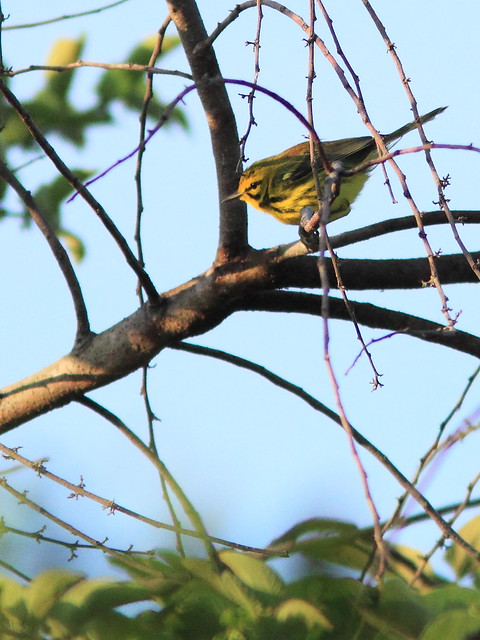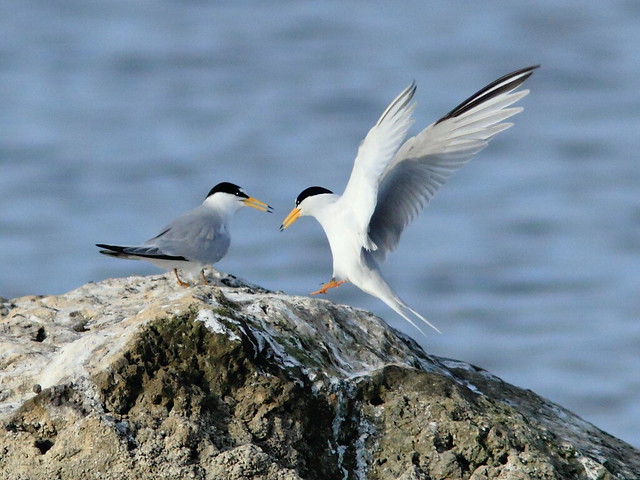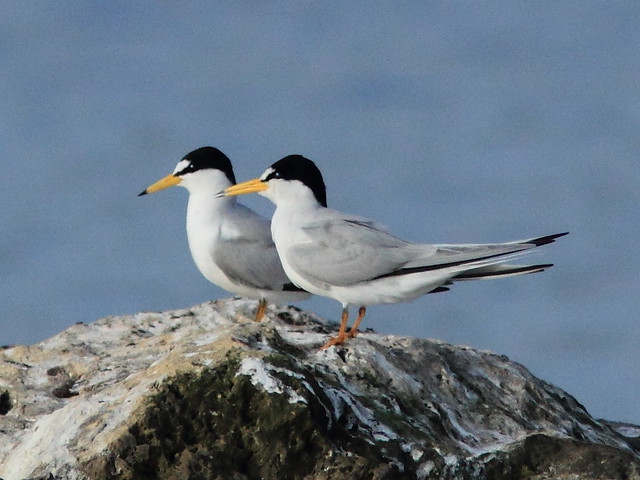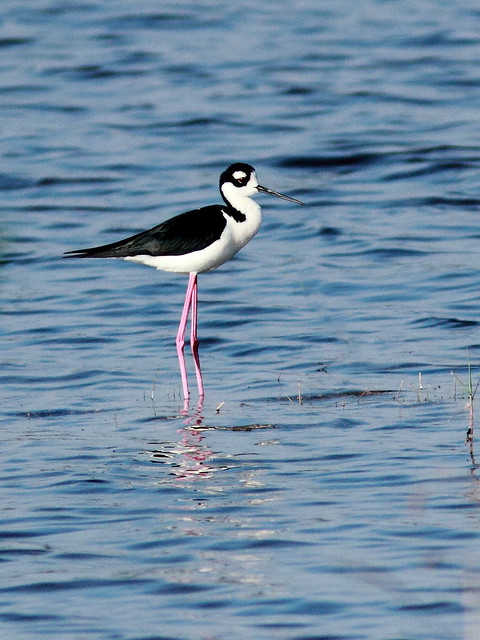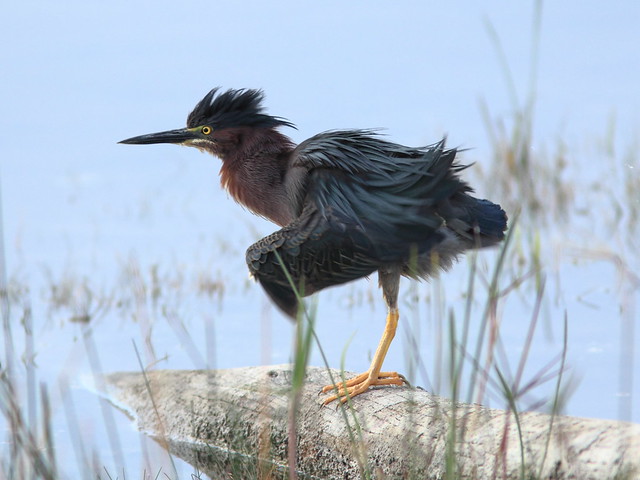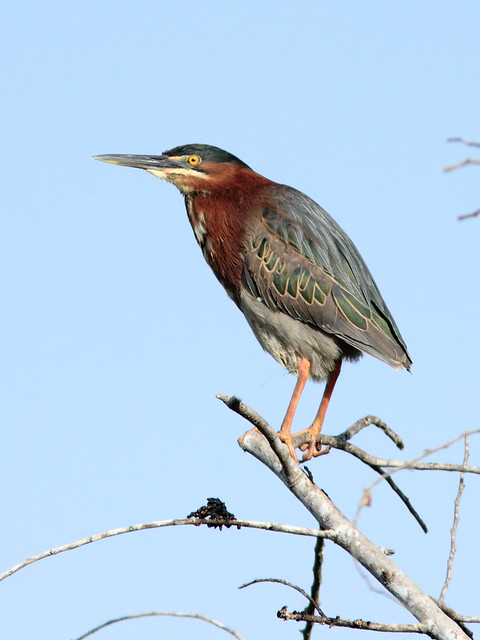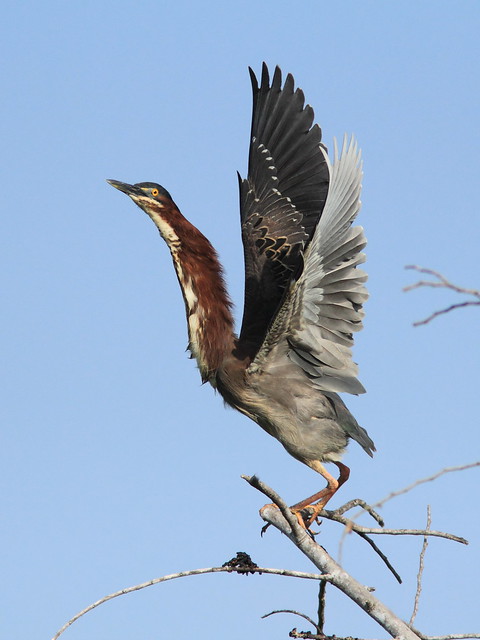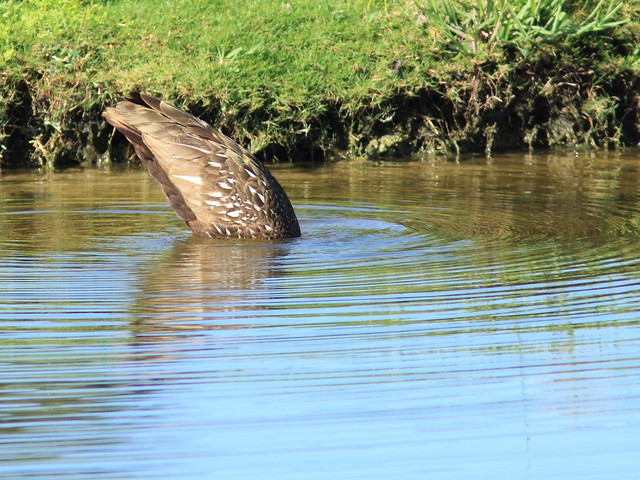Posted by: Ken @ 3:13 pm
With this post I have begun migration of my blog to a new site: http://rosy-finch.blogspot.com/
|
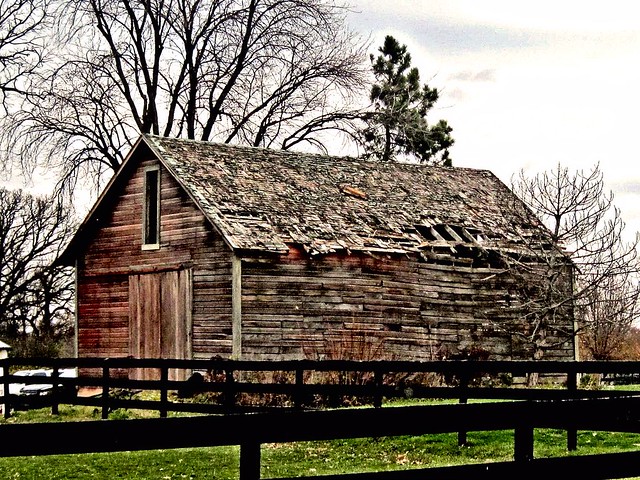
I love the texture of weathered old barns. This one is on our way to the cornfields out west of our Illinois condo.
It has been an eventful two weeks since our son-in-law Roly, while deer hunting in North Carolina, fell 20 feet from a tree stand and broke bones in both of his legs. He was admitted to a rural hospital and transferred to Raleigh. After being stabilized he was transported back to Illinois and underwent surgery a few days ago (ten screws, a metal plate and a bone transplant in his right knee area, and two big pins in the other ankle).
We had planned this unusually late trip up north because he celebrated a milestone birthday on Thanksgiving Day (which also happens to be the 55th anniversary of the day I proposed to Mary Lou!). Roly is now back in his home in a hospital bed in the great room, as he is unable to walk or climb the stairs.
He took a “walk” outside for the first time on Thanksgiving morning, with his daughters, brother, cousins and his two Tibetan Mastiffs.
The house is abuzz with relatives in from Florida and Connecticut as well as well-wishing neighbors and friends. As it turned out, it was lucky that we were here to help our daughter take care of their two daughters. His parents arrived just after the injury and will stay on to help out, so we do not feel bad leaving them for sunny Florida. We are more than ready for some mild weather!
Most of our birding has been watching the feeders from the windows and back deck of their home, as Black-capped Chickadees carried sunflower seeds off, one at a time, to crack them in the trees.
The dark “bibs” of male House Sparrows have been overgrown by gray winter fluff.
When Blue Jays arrive at the feeder, all other birds retreat.
We did get out into the field several mornings. Some “outdoor” highlights of the final weeks in Illinois included taking the granddaughters to a park a few doors from their home to see the Bald Eagles that have nested there for the past couple of years. The nest tree is just across a busy thoroughfare, opposite Hawk’s Bluff Park in Batavia. The girls crept up as far as they could to get a better look at a roosting eagle.
The park includes a woodland with some big old oak trees.
We watched the eagles until nearly sunset, when it suddenly turned very cold.
A few days before, I was with another birder when he discovered a pair of Long-eared Owls in a grove of evergreens. They were roosting near an old nest that included some fresh vegetation, suggesting that they may be setting up housekeeping. Like some other owl species, they may nest as early as late winter. We are sworn to secrecy about the location of the owls, as they are rare enough to induce crowds of birders to enter the sensitive area of their roost.
We took a few photos and quickly left them in seclusion. The camera’s automatic focus did not work because of the branches in front of the owls, and my vision is not clear enough for proper manual focusing. I was so intent on trying to focus on their eyes that I did not realize that my shots did not include the lower parts of their bodies! Although Mary Lou and I had seen Long-eared Owls previously, this was my first photo opportunity.
Mary Lou and I returned to the cornfields and this time got much better looks at Lapland Longspurs. We used the car as a blind and drove slowly toward the flock. We failed to sight any Snow Buntings, though another birder photographed one at the same location a day later.
We did see a female Rusty Blackbird foraging among the corn stubble.
A brief walk in nearby Prairie Green Wetlands preserve in Batavia produced these three Sandhill Cranes.
Numerous Canada Geese flew overhead. As common as they are, I find them beautiful in flight.
American Tree Sparrows have arrived from the north.
The tree sparrow has a rather bright brown line behind its eye that does not extend to the area in front of the eye, nicely shown in this photo.
Among the flock of nearly a dozen was a single Swamp Sparrow. Note its pale throat, the more extensive gray area on its face and the dark “mask” created by the dark edges of its cheek patch.
The somewhat similar Chipping Sparrow (photographed in our daughter’s back yard) has a dark line that passes through to the front of its eye.
Please direct any comments to the new site, or contact me directly if necessary.
DO NOT POST COMMENTS AT THIS SITE AS THEY WILL NOT BE MODERATED.
Thank You!
Posted by: Ken @ 1:00 pm
It was about 15 minutes after sunrise and cloudy when Mary Lou and I approached the bend in the road at the junction of the unpaved portions of Miramar Parkway and SW 196th Avenue. I had pre-set the ISO at 800 (aperture open all the way to f/5.6) but did not expect to take any photos until after we completed the fast-paced “aerobic” mile into the wetlands adjacent to our subdivision. Only about a quarter mile into our walk, we suddenly saw a Bobcat standing almost in the middle of the road, about 100 yards away.
This was the first time one had posed out in the open roadway like that. We slowly moved up to about 50 yards before the cat fled. Unfortunately, I had kept the camera in an air conditioned room, and the lens fogged up pretty badly in the stifling heat and humidity. I wiped them a few times, but the quality of all the photos suffered.
This was about the sharpest image I got, so I processed it a couple of different ways. The above one is made up of four layers on the cropped original RAW image, each with a different exposure compensation (-1.0, -0.5, +0.5 and +1.0), thus producing an HDR-like effect. The cat suddenly fled towards the levee path that follows south along the 196th Avenue Canal.
I followed the Bobcat’s retreat route up along the levee path, but never caught sight of it again. However, I found very fresh Bobcat scat. The Bobcat dropped these feces out in the open with no attempt to conceal them, suggesting it was a male. Females usually deposit it less conspicuously and often scratch dirt over it as do House Cats. Note heavy black “tar” color due to digested blood, characteristic “Tootsie Roll” segmentation, large bore (~1 inch), inclusion of much hair and few bone fragments.
Three female White-tailed Deer appeared up ahead and walked towards me. I stood motionless , but the sun was getting higher and I became uncomfortably hot and finally started to move into a shady area. This frightened the does. It is a treat to see them here, as they are not very abundant.
I gave up my attempt to stalk the Bobcat and checked out the birds. A Loggerhead Shrike looked down at me from the top of a shrub.
Moving back down the what is left of my “Fake Hammock,” I took a spot in the shade and waited to see which birds might show up. This Northern Mockingbird was one of several moving about.
Predictably, a Prairie Warbler came out of hiding.
An Ovenbird peered out from the deep foliage.
Several Brown Thrashers have congregated in this area, more often heard than seen. This one flew out into the open.
A pair of Common Yellowthroats busily foraged in the low vegetation. The male briefly came out into the light.
Palm Warblers have arrived in good numbers. All are of the somber Western subspecies. Oddly, the east coast birds turn to the southwest before reaching Florida and the Gulf of Mexico, on their way to spend the winter in Texas and Mexico. Their paths cross with the western population, which flies SE to winter in Florida and Cuba. They reverse the criss-cross pattern when returning north in spring.
Suddenly a Northern Waterthrush walked out of the darkness unto a small limb, its tail slowly bobbing characteristically.
The waterthrush paused to look me over before flying off.
A Bald Eagle flew over, tracking a perfect line from its nesting area two miles northwest in Pembroke Pines to the large lake in our subdivision. For updates on our local eagle nest, visit my Bald Eagle Nest Watch FORUM.
On the way home, I saw several White-winged Doves lined up on a neighbor’s roof.
Posted by: Ken @ 2:31 pm
I can’t remember when I started “playing” the piano, but by the age of 5 or 6 I could perform many simple songs, provided they were on the white keys. Within a couple of years I taught myself to accompany the melodies with “um-pah” chords with my left hand. Hit the root note with my pinkie, and go up one octave with my index finger; add the third note above and the fourth below. Make “sad” chords by moving my thumb down one half note, switch the chords to fit the sound of the melody. All of this without knowing the names of chords, whether major, minor, sevenths, ninth, diminished, or augmented. Only much later in life did I learn something about music theory. The theory helped me understand the rules, and made it easier for me to apply their principles and advance in knowledge.
Likewise, I’ve been watching birds most of my life. I know many of their sounds and behaviors, but I never fit them into any kind of system or theory. Jon Young, in his little book What the Robin Knows: How Birds Reveal the Secrets of the Natural World (Houghton Mifflin Harcourt), has enriched my birding experience by providing such a framework. It’s not a rigid system or code, but it helps interpret the actions of birds.
We’ve all had days when birding was slow. The time of year is right, the habitat looks perfect, but the birds seem to have disappeared. We might hear a familiar bird calling or singing here or there, but none are in view. We turn to watching butterflies and dragonflies, or simply end up saying it wasn’t a “birdy” day and return home disappointed.
An endorsement on the dust cover of Young’s book states “…[A]fter reading his marvelous book…[y]ou’ll discover a universal bird language that will speak to you whenever you go outdoors.”
Don’t you ever wish you could understand the language of birds? I’ve talked to the birds, and they’ve talked back to me and then to each other (Much ado about a squeak). Once, their excited scolding helped me trace the movements of a Bobcat as it circled around behind my back in the wetlands, and their silence has alerted me to the presence of predators overhead.
My iPod has an app which can translate speech into any of several selected languages. Since I have Cuban in-laws with extended families, I have used it to communicate with some of the non-English speaking relatives. Sometimes what comes out bears little resemblance to the intent of our words. We end up laughing into the speakers. Laughter, facial expression and other non-verbal clues often reveal more than our words.
This book won’t provide a literal translation of the robin’s calls and songs. It goes beyond the individual sounds, and provides them in a behavioral context. Much attention is devoted to the “body language” of birds when they are subjected to various types of disturbance. Their responses are described in three dimensions (and in a fourth dimension, time), supplemented by instructive diagrams. Young calls them the twelve “alarm shapes.”
What were these Gray Catbirds saying to each other? Are they fighting, or are they courting? Actually, their calls did not sound angry, and their pursuit seemed gentle, so I assume it was the latter.
These two Northern Mockingbirds were issuing more hostile calls.
This pair appeared to be squabbling over their property lines.
The mockingbird on the left was unwilling to give ground, and the hostility escalated, evidenced by their body language and slurred calls.
They finally came to blows. If my iPod were able to translate their “words,” there would probably be many bleeps in my transcript of this confrontation. The bird to the right flew off. My guess is that it was the intruder.
Birds cannot smile or grimace. The bony ridge over the eyes of eagles produces a perpetual frown. The male Bald Eagle, on the right, was acting amorous. Was he whispering “sweet nothings” into his mate’s ear?
He is startled when she rebuffs him severely.
Now they are obviously not on speaking terms.
Wild creatures don’t waste precious energy, so their actions are usually purposeful. What were these Black-legged Kittiwakes trying to accomplish with their raucous clamoring?
The first few chapters of What the Robin Knows classify and describe five basic types of bird vocalizations. Young calls the first four “baseline:” songs, companion calls, territorial aggression, and adolescent begging. These are the sounds associated with the birds’ normal activities. Disturbances and threats that upset this state of equilibrium stimulate birds to issue various types of alarm calls, the fifth category.
The text of the book provides examples of calls and songs by referring the reader to a collection of audio files at the author’s website, BirdLanguage.com. At first I found it a bit cumbersome to interrupt my reading to access the desktop computer. I tried listening with the browser on my iPod, but the files were in an incompatible format, possibly Adobe Flash. I even put off reading the book until I could use my netbook which I had left back in Illinois. Ultimately I found it easiest just to listen the the entire set of sounds in one sitting. Many were already familiar, but the experience helped me to understand their classification in the author’s scheme. Doing it this way also demonstrated some inter-species similarities between the various types of calls. Contact calls generally sounded soft and peaceful, while alarm calls were emphatic and energetic.
In late summer I took my usual morning walk in the wetlands next to our south Florida home. Although the sun was just rising, I was not greeted with a chorus of bird song. A couple of Eastern Towhees could be heard singing their “tip-tip-tee-tee-tee-tee-tee” song. A Common Ground-Dove produced an intermittent coo-like low whistle, a few mockingbirds sang halfheartedly, and a Carolina Wren burst into song and then fell strangely silent. Common Grackles fed their begging offspring. It was a perfect morning to pay attention to the birds’ baseline sounds.
Back in Illinois in the fall for warbler migration, I birded my favorite patches and had the familiar experience of having some great days with lots of sightings and other days when I was greeted by an eerie silence. But, thanks to this book, I made a special point of listening to the silence. Baseline sounds that I previously ignored took on new importance. I recognized the little two-note begging calls of fledgling goldfinches, the soft “seep!” contact calls of robins, and the quiet “chips” of a pair of cardinals.
While sitting in our daughter’s back yard I saw a good example of one such “shape.” I was watching chickadees, Mourning Doves and House Finches at and around her feeder. Suddenly the birds on the ground flew up into the trees. Some selected perches nearby, but all perched at least 5 feet off the ground. I knew that this was not the “shape” of an alarm triggered by a bird-seeking raptor such as an accipiter or falcon. At first I did not see the threat, but in a minute or so a neighbor’s dog ambled along their back fence line.
I think back to the time when I was photographing a Savannah Sparrow in the same back yard. It was exposed out in the open on a fence rail. Suddenly the bird looked up and froze in place. I also glanced up to see a Red-tailed Hawk moving along at rather high altitude. The sparrow appeared to recognize that the hawk posed no immediate threat, but took the precaution of stopping all motion so as not to attract undue attention. Contrast this to the time when a Sharp-shinned Hawk suddenly swooped into the yard, and the birds dove for the nearest cover.
Jon Young draws upon not only his years of experience learning and teaching the language of birds, but also that of others, including professional trackers and indigenous elders, dwellers of bush and jungle. When you read this book, I suggest that you get out in the field after reading each chapter and allow what you have learned to enrich your birding experience.
Posted by: Ken @ 8:33 am
We returned to our south Florida home one week ago, and it has rained every day. The weather allowed us only two short forays into the wetlands adjacent to our home.
This morning’s sunrise was typical. Light rain was dappling the surface of our lake and a thunderstorm was moving in from the southeast (right) as I took this photo from our patio.
Local birders have been reporting decent numbers of warblers migrating through our area, so they were my main objective on our first morning out. Along the unpaved road that leads into the wetlands, I got a quick shot of a Great Egret.
An adult Bald Eagle flew over towards our subdivision from the direction of its nesting area about a mile away in Pembroke Pines.
After Mary Lou and I finished the “aerobic” portion of our walk along the gravel road, I stayed behind at the place that I formerly called the “Fake Hammock.” It is now only the ghost of its former glory days, as all the large trees were cut down by recreational RV users who built a fire pit in the center of the small clump of trees and shrubs.
After an absence of over six weeks, I was disappointed to find that the clear shady area under the canopy where I used to sit and wait for the birds is now in full sunlight with grasses and vines up above my chest. Since I did not have my snake boots I did not venture inside the “hammock.” Instead I birded its margins. The morning light was nearly perfect.
The first warbler to appear was an American Redstart.
An inquisitive Blue-gray Gnatcatcher approached quite closely.
Four Brown Thrashers had gathered to feast on the berries of a Trema tree nearby.
I had trouble identifying this flycatcher as it seemed rather small, suggesting it was an Alder Flycatcher rather than an Eastern Wood-Pewee. However, its peaked head and slight hook at the end of its bill confirmed it was the latter species. Click on the image for more photos and discussion of its identification.
This male Northern Cardinal has nearly finished its post-breeding molt and looks good in his fresh coat.
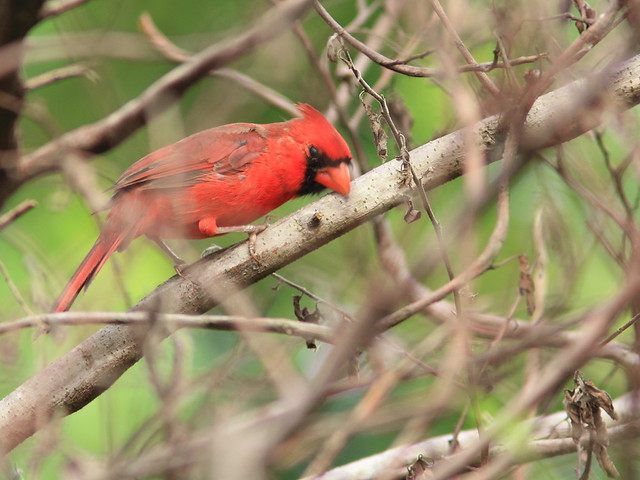
On my second visit to the hammock area I saw more warblers. A Northern Parula made its first appearance.
Prairie Warblers provided some splendid views. Here is a male.
The female Prairie Warbler has more subdued markings, but I liked this pose.
A Northern Waterthrush paid a brief visit. I was lucky to catch it through the foliage.
A female Common Yellowthroat was likewise quite elusive.
When I was about to leave, I was startled a very loud splash in the nearby canal. I spun around to catch a parting shot of the unsuccessful fisherman, an Osprey.
Not to be overlooked was this Band-winged Dragonlet…
…a Zebra heliconian…
…and a Halloween Pennant.
Posted by: Ken @ 6:31 am
Our two Illinois granddaughters are visiting, and birding must take a back seat to grandfathering. We finally were able to get out the past three mornings while they are away visiting the theme parks in Orlando. This morning, pouring rain is allowing me some computer face time.
As is our habit, we got out before sunrise. This is the view looking back east, towards the gate where we enter the gravel road that leads into the wetlands.
From the same spot, looking westward towards the Everglades, the ground fog is lifting, but sunlight has not yet reached the tops of the Royal Palms. Sad to think that this placid pathway will some day soon become the busiest parkway in our city. Actually, it will be the only road that traverses our entire city, running 22 miles from the Atlantic Ocean to Okeechobee Highway (US-27), which borders the Everglades preserve.
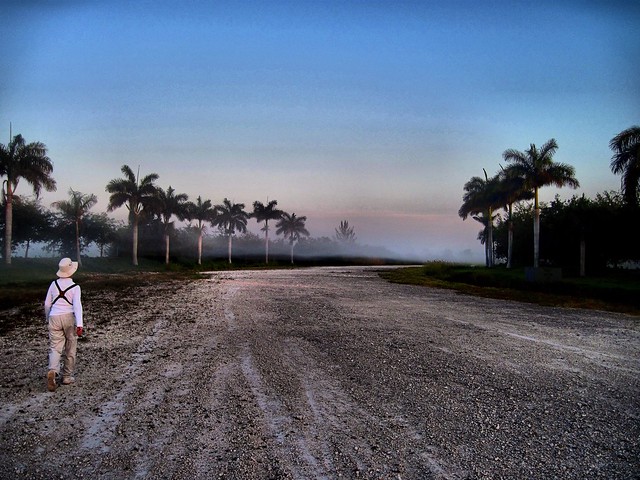
Welfare checks on the heron rookery have found them doing well, with eggs in five Yellow-crowned Night-Heron nests and one Green Heron nest. A sixth Yellow-crowned nest is difficult to see, but it appears to have been abandoned before any eggs were laid. We suspect there is a second Green Heron nest but is is probably deep in dense vegetation.
The Bald Eagle chick that disappeared from our local nest was probably not flight-ready. During the past three breeding seasons, we observed that the eaglets were usually seen branching or “helicoptering” for eight days prior to taking their first flight. This was never reported for this year’s single chick. Since we found no remains under the nest it probably had been carried off by one of the Raccoons, Bobcats or Gray Foxes that roam in the area. There was even an alligator trail that led to the base of the nest tree from an adjacent canal, also attracted by prey remains. Follow events at the nest and see summaries of observations over the past nesting seasons at the Pembroke Pines Eagle Watch FORUM.
Since we had been walking our birding patch every morning until arrival of our guests, I’ve developed quite a backlog of photos and observations.
At risk of overwhelming readers with heron photos, I must share my first video, taken with a Canon 60D DSLR. Our Texas grandson, after showing me how to set up Skype, then coached me on the features of Windows Live Movie Maker. It is a short clip of a threat display by a male Yellow-crowned Night-Heron.
Here is the link to the video, as some software does not support embedded code:
Palm and Yellow-rumped Warblers have disappeared. We saw our last American Kestrel in late March.
We have not yet seen the hoped-for influx of northbound warblers, tanagers, vireos and orioles. Small flocks of Prairie Warblers have passed through. Some will stay to breed locally.
However, there are signs of spring. The Common Ground-Doves are cooing love songs.
Eastern Towhees are singing on territory. Their whitish eyes identify them as local birds.
In early April it was not unusual to see a half dozen Brown Thrashers along the paths. Most are passing through, but a few will nest locally.
Least Terns have arrived at the lake. Soon the males will be offering little fish to their mates. They probably will nest on the flat roof of a nearby elementary school as well as that of a shopping center.
A Fish Crow unceremoniously displaced them from their perch on the rock, but they returned to dive-bomb the crow and chase him off. My reflexes were too slow to catch the action.
The water levels are dropping in the wetland next to our South Florida subdivision. This concentrates prey and attracts long-legged waders. This week we had our first Black-necked Stilts, a flock of four birds.

A Double-crested Cormorant dries its wings.
The lake margin provides a nesting tree for a pair of Green Herons. Expert contortionists, they assume many different sizes and shapes. During breeding season, the female’s yellow legs distinguish her from the male, which has orange legs.
The female ruffled her feathers as the male flew in, perhaps a recognition signal.
They flew together back to the nest tree, where the male transformed from a compact ball of feathers…
…to a long-necked monster.
As the male took flight he provided me with an image of intricate feather patterns (click on the photo and view it in large size to study the plumage detail).
Before our guests arrived, I visited Plantation Preserve with the Tropical Audubon Society. There we saw this Limpkin.
Rather unusual, at least for me, was to witness the Limpkin’s habit of dunking into the water like a puddle duck.














